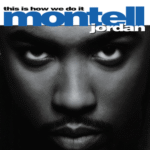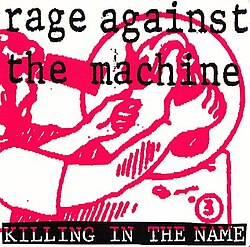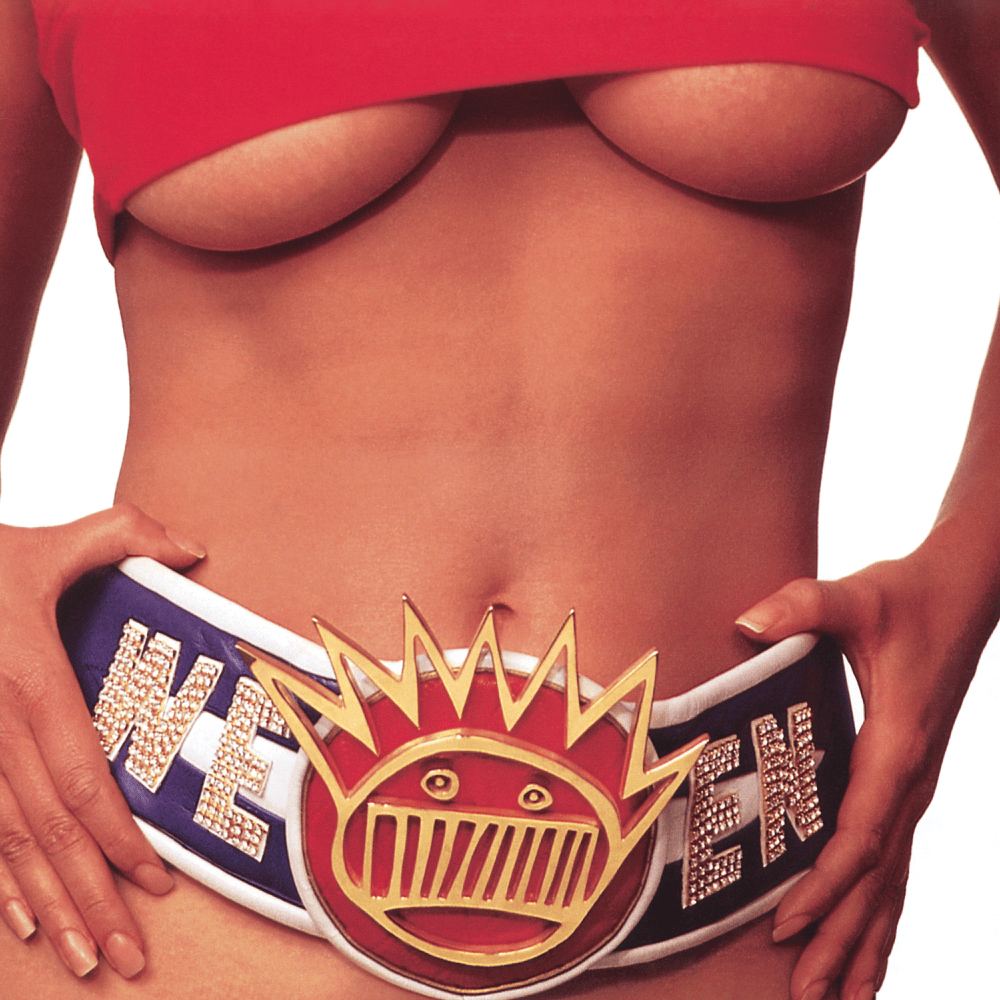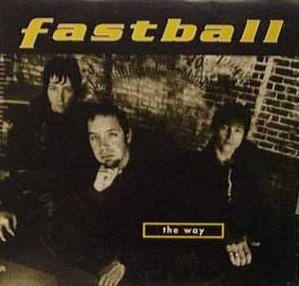 When Montell Jordan dropped “This Is How We Do It” in February 1995, the R&B landscape was already filled with smooth harmonies, new jack swing swagger, and early traces of hip-hop soul. Yet Jordan’s debut single cut through all the noise and became a generational anthem — the kind of song that didn’t just dominate airwaves, but rewired the DNA of Friday nights across America. Whether you were at a house party in L.A., a club in New York, or a high school dance in the suburbs, when those first few notes hit, the energy in the room shifted. It was a celebration in song form, a communal release of joy that transcended time, place, and even genre.
When Montell Jordan dropped “This Is How We Do It” in February 1995, the R&B landscape was already filled with smooth harmonies, new jack swing swagger, and early traces of hip-hop soul. Yet Jordan’s debut single cut through all the noise and became a generational anthem — the kind of song that didn’t just dominate airwaves, but rewired the DNA of Friday nights across America. Whether you were at a house party in L.A., a club in New York, or a high school dance in the suburbs, when those first few notes hit, the energy in the room shifted. It was a celebration in song form, a communal release of joy that transcended time, place, and even genre.
“This Is How We Do It” wasn’t just Montell Jordan’s introduction to the world — it was his coronation. Standing tall at 6’8”, he looked like he could’ve been an NBA star, but instead, he became the preacher of the party, narrating a night out on the West Coast with swagger, charm, and just the right amount of humility. And thirty years later, the song still feels fresh — a timeless bridge between the old-school and the new, between R&B’s velvet and hip-hop’s steel.
The Sound of a Generation Stepping Out
At its core, “This Is How We Do It” is a party record, but a sophisticated one. Produced by Oji Pierce and Montell himself, the track cleverly samples “Children’s Story” by Slick Rick, which gives it instant credibility with hip-hop fans. But where Slick Rick’s original had a darkly comic, cautionary edge, Jordan’s reimagining flipped the beat into a triumphant celebration. The result was a sound that merged the hard-hitting snare of East Coast rap with the smooth melodies of 1990s R&B — a perfect fusion for the era’s growing crossover culture.
The groove itself is simple but irresistible. A looped bassline snakes underneath Jordan’s commanding baritone, layered with lush harmonies and clean percussion. It’s not overproduced, not flashy — just cool. The track’s confidence comes from restraint. You can hear Jordan smiling between the lines, knowing he’s sitting on something that’s about to blow up.
What truly made “This Is How We Do It” stand out was its accessibility. It wasn’t just an R&B hit, or a hip-hop hit, or a pop hit — it was all three. You could play it at a club, a family barbecue, or a wedding, and nobody would complain. That universality helped it shoot to No. 1 on the Billboard Hot 100, where it stayed for seven weeks in 1995. It eventually became Def Jam’s biggest single of the decade, turning Montell Jordan into a household name overnight.
The Art of Celebration
Lyrically, “This Is How We Do It” is deceptively simple. Jordan isn’t telling a complex story — he’s painting a vibe. The verses are filled with small details that feel vividly real: “Designated driver, take the keys to my truck,” “I’m kinda buzzed and it’s all because…” — these lines aren’t poetry in the traditional sense, but they’re pure atmosphere. Jordan’s world feels lived-in and local.
Unlike many R&B or hip-hop tracks of the time, there’s no violence, no posturing, no excessive luxury. Instead, “This Is How We Do It” celebrates the kind of joy that comes from community — friends, music, good vibes, and the feeling that, for one night, everything is exactly how it should be. It’s a rare party song that feels grounded rather than escapist.
Jordan also avoids overt machismo or self-indulgence. He’s confident, yes, but he’s inclusive. “All the gangbangers forgot about the drive-by,” he sings — a subtle yet powerful line that acknowledges real social tension while imagining a temporary peace through music. It’s not just a song about partying; it’s about unity.
That tone of positivity helped the song resonate across cultural and racial lines. It was West Coast cool with universal appeal. The kind of track that made everyone — from hip-hop heads to suburban moms — feel like they were part of the same celebration.
The Voice of Montell Jordan
Montell Jordan’s voice was — and still is — a huge part of what made the song work. His deep baritone cut through the beat with authority but never lost its warmth. He didn’t sing like a traditional crooner; instead, his delivery was conversational, almost like a storyteller or DJ guiding the party.
This approach made him relatable. He wasn’t showing off vocal acrobatics like Brian McKnight or Boyz II Men — he was vibing with the crowd. That conversational flow made “This Is How We Do It” feel authentic, like you were actually hearing it from the guy hosting the party.
Jordan’s charisma extended beyond the studio. The music video, which featured neighborhood block parties, convertible cars, and groups of people dancing together, captured the aesthetic of mid-’90s urban life perfectly. Jordan, towering over everyone in his crisp outfits, exuded effortless cool. He was the guy you wanted to hang out with — and the guy you trusted to tell you how the party was going down.
A Def Jam Success Story
Def Jam Recordings had already made its name as the definitive label for hip-hop, but by the mid-1990s, it was also pushing into R&B. Montell Jordan was one of the first major artists to help the label bridge that gap. With “This Is How We Do It,” Def Jam found its crossover moment — a song that could dominate both hip-hop radio and Top 40 charts.
Lyor Cohen and Russell Simmons, the label’s founders, recognized Jordan’s potential to broaden Def Jam’s reach. And they were right — his debut album, also titled This Is How We Do It, went platinum. For a moment, Montell Jordan was the face of the new urban mainstream: stylish, accessible, and self-assured.
The song’s success paved the way for other R&B/hip-hop hybrids that would define the late ’90s — from Dru Hill and Ginuwine to Sisqó and Usher. It showed the industry that the lines between genres could be blurred without losing authenticity.
A Timeless Party Anthem
Fast forward to today, and “This Is How We Do It” has taken on a life of its own. You can hear it at college parties, sports arenas, karaoke bars, and even commercials. Its hook — “This is how we do it!” — has become one of pop culture’s most instantly recognizable lines.
Part of its longevity comes from nostalgia, but another part comes from sheer functionality. The song just works. The rhythm, the bassline, the call-and-response — it’s built for social spaces. It’s a song that commands participation. The moment that chorus hits, everyone in the room becomes part of the same memory.
Its legacy also thrives in the streaming era. The track has found new audiences through playlists like “90s R&B Classics” and “Throwback Party.” Younger listeners who weren’t alive when it came out now treat it as an essential old-school banger — a kind of musical shorthand for good vibes.
And of course, “This Is How We Do It” has been sampled and referenced countless times. From Jennifer Lopez’s “I’m Real” to the countless TikTok remixes that still surface today, the track remains a cultural touchstone. It’s the rare song that feels timeless and era-specific all at once.
Beyond the Music
In the years following his breakout, Montell Jordan released several albums and hit singles — “Let’s Ride,” “Somethin’ 4 da Honeyz,” and “Get It On Tonite.” Each carried his signature smoothness, but none quite captured the lightning-in-a-bottle energy of “This Is How We Do It.”
By the mid-2000s, Jordan made a surprising career move — he left the mainstream music industry to focus on his faith and became a pastor. Yet even as he stepped away from the spotlight, his biggest hit never went away. It kept showing up in films (The Nutty Professor, First Kid), TV shows (The Office, Parks and Recreation), and commercials.
There’s a fascinating duality in Jordan’s story: the man who once defined Friday night culture later became a preacher devoted to Sunday mornings. But in a sense, the two worlds aren’t so far apart. Both are about community, joy, and connection. “This Is How We Do It” was always more than a party — it was a feeling of togetherness.
Why It Still Matters
Every decade has its definitive party anthem — a song that captures not just the sound but the spirit of having a good time. For the 1990s, that song was “This Is How We Do It.” It’s the soundtrack to backyard barbecues, 21st birthdays, weddings, and club nights.
But beyond nostalgia, the song’s lasting appeal lies in how it celebrates everyday joy. It doesn’t try to impress you with excess; it just invites you in. There’s no pretense — no luxury cars, no jewelry flexing — just good people having a good time. That’s why it still works.
In a world that moves faster than ever, “This Is How We Do It” feels like a pause button — a reminder of simpler days when the weekend was enough reason to celebrate. It’s not just a relic of 1995; it’s a piece of living musical DNA.
The Final Word
When Montell Jordan sings “This is how we do it,” it’s not just a lyric — it’s a declaration. A ritual. A way of saying, “We made it through another week, and now it’s time to live.” Few songs capture that feeling with such effortless grace.
Nearly three decades later, the groove still hits, the hook still shines, and the sentiment still rings true. Because “This Is How We Do It” isn’t just about how we partied in the ’90s — it’s about how we connect, how we celebrate, and how we remember the best moments of our lives.
And for that, Montell Jordan will forever be the master of ceremonies for every Friday night worth remembering.


